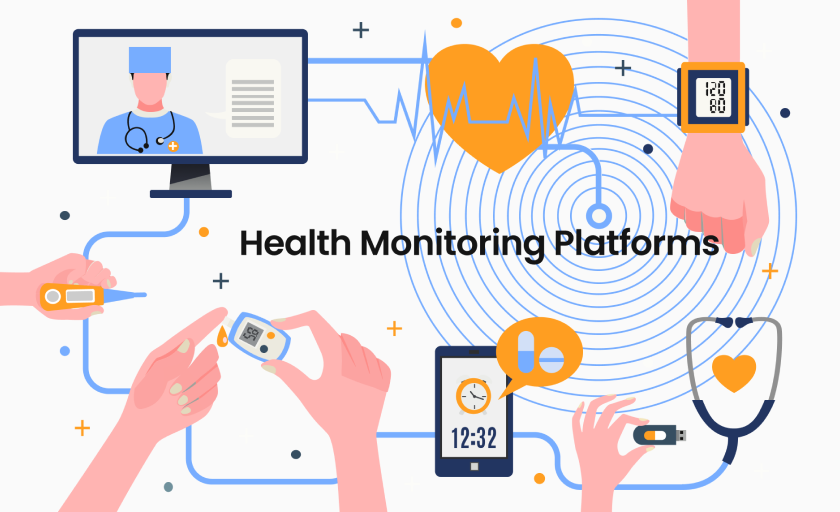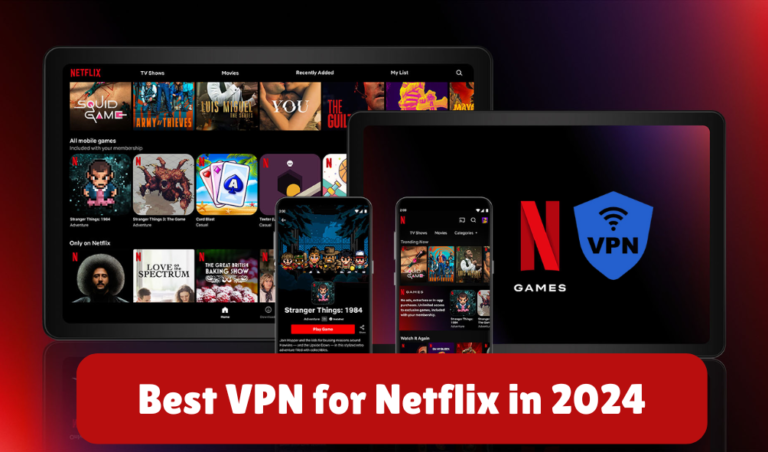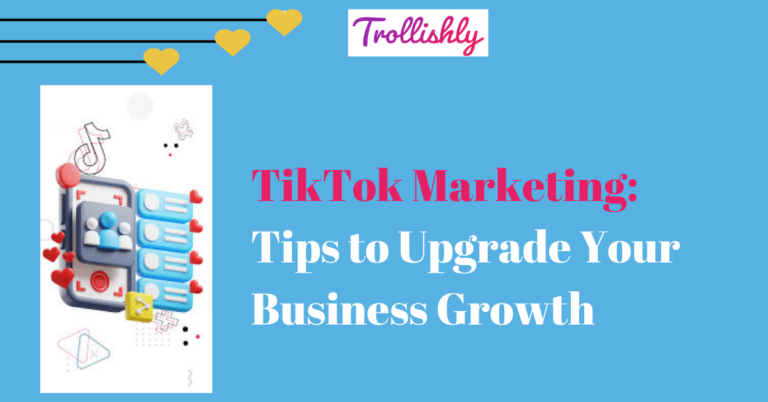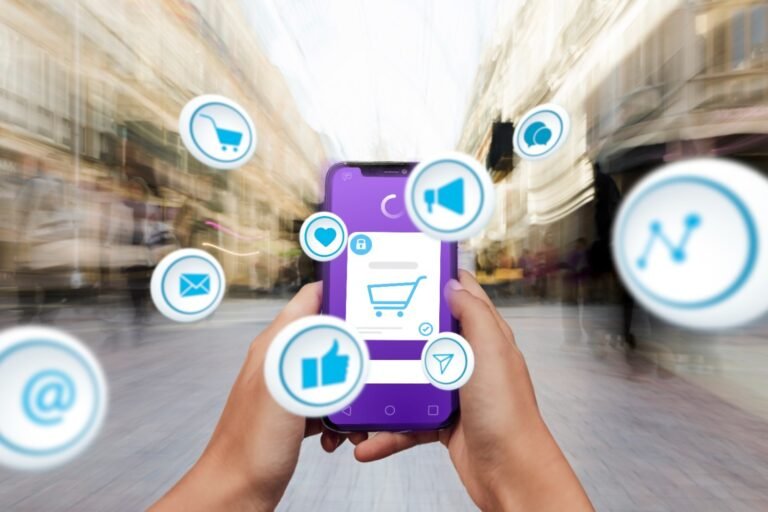Top Benefits of Remote Patient Monitoring for Modern Healthcare
Remote Patient Monitoring (RPM) has become an essential tool in modern healthcare, enabling patients to receive medical care from the comfort of their homes. This innovative approach improves patient outcomes, reduces healthcare costs, and enhances the overall patient experience. The rise of remote patient monitoring software development is making it easier for healthcare providers to offer personalised care to patients without the need for frequent hospital visits.
1. Enhanced Patient Care and Convenience
Improved Access to Healthcare Services
Remote Patient Monitoring allows patients, especially those with chronic conditions, to access healthcare services without leaving their homes. This convenience reduces the burden on patients who find it difficult to travel for regular check-ups, making it easier for them to stick to their treatment plans.
Continuous Monitoring of Health Conditions
With RPM, healthcare providers can continuously monitor patients’ health conditions in real time. This continuous monitoring helps in early detection of any issues, allowing doctors to intervene before conditions worsen. It ensures a proactive approach to healthcare rather than a reactive one.
2. Reduced Hospital Readmissions
Better Management of Chronic Diseases
RPM is particularly effective for managing chronic diseases such as diabetes, hypertension, and heart conditions. By keeping track of vital signs and other health metrics, patients can better manage their conditions, leading to fewer complications and reduced hospital readmissions.
Timely Interventions
Remote monitoring allows healthcare professionals to provide timely interventions when necessary. If a patient’s data shows concerning trends, the healthcare provider can quickly adjust the treatment plan, helping prevent hospital admissions and ensuring that the patient remains stable.
3. Cost Savings for Patients and Healthcare Providers
Lower Healthcare Costs
One of the major benefits of RPM is the reduction in overall healthcare costs. Patients save money on travel expenses, and healthcare providers can reduce operational costs by minimising the need for physical visits. This cost-effectiveness makes RPM an attractive option for both patients and healthcare facilities.
Efficient Use of Medical Resources
RPM helps in the efficient use of medical resources. Since doctors can monitor multiple patients remotely, it optimises their time and allows them to focus on patients who require immediate attention. This efficiency also reduces the strain on healthcare facilities, freeing up space for patients who need in-person care.
4. Increased Patient Engagement and Satisfaction
Empowering Patients with Health Data
Remote Patient Monitoring empowers patients by giving them access to their health data. This transparency encourages patients to take an active role in managing their health, leading to better adherence to treatment plans and lifestyle changes.
Personalised Care Plans
RPM provides a personalised approach to healthcare, where treatment plans can be adjusted based on the patient’s real-time data. This level of personalisation improves patient satisfaction, as they feel their care is tailored specifically to their needs.
5. Improved Outcomes in Post-Surgical Care
Enhanced Recovery Monitoring
Patients recovering from surgery benefit significantly from RPM. Remote monitoring allows healthcare providers to keep a close watch on post-surgical recovery, ensuring that patients are healing properly and following their recovery plans.
Reduced Complications After Surgery
By continuously tracking a patient’s vital signs and recovery progress, RPM helps in detecting any potential complications early. This proactive monitoring reduces the risk of post-surgical complications, making the recovery process smoother and safer for patients.
Conclusion
Remote Patient Monitoring is transforming the healthcare landscape by providing convenient, cost-effective, and personalised care to patients. It enhances patient engagement, reduces healthcare costs, and improves overall health outcomes, particularly for those with chronic conditions and post-surgical patients. As technology continues to advance, RPM will undoubtedly play a crucial role in the future of healthcare, making it an essential component of modern medical practice.
FAQs
1. What is Remote Patient Monitoring?
Remote Patient Monitoring (RPM) is a healthcare technology that allows medical professionals to monitor patients’ health conditions remotely using connected devices and software, reducing the need for frequent hospital visits.
2. How does RPM benefit patients with chronic conditions?
RPM provides continuous monitoring, timely interventions, and personalised care, which are crucial for managing chronic conditions effectively. It helps in early detection of health issues, reducing the chances of complications.
3. Can Remote Patient Monitoring reduce healthcare costs?
Yes, RPM reduces healthcare costs by minimising hospital readmissions, reducing the need for in-person visits, and optimising the use of medical resources, saving both patients and healthcare providers money.
4. Is RPM suitable for post-surgical care?
Absolutely. RPM helps in monitoring post-surgical recovery, ensuring that patients are healing correctly and reducing the risk of complications by providing timely feedback and adjustments to care plans.
5. How does RPM improve patient satisfaction?
RPM improves patient satisfaction by offering convenient access to healthcare, empowering patients with their health data, and providing personalised care that addresses their specific needs and conditions.






